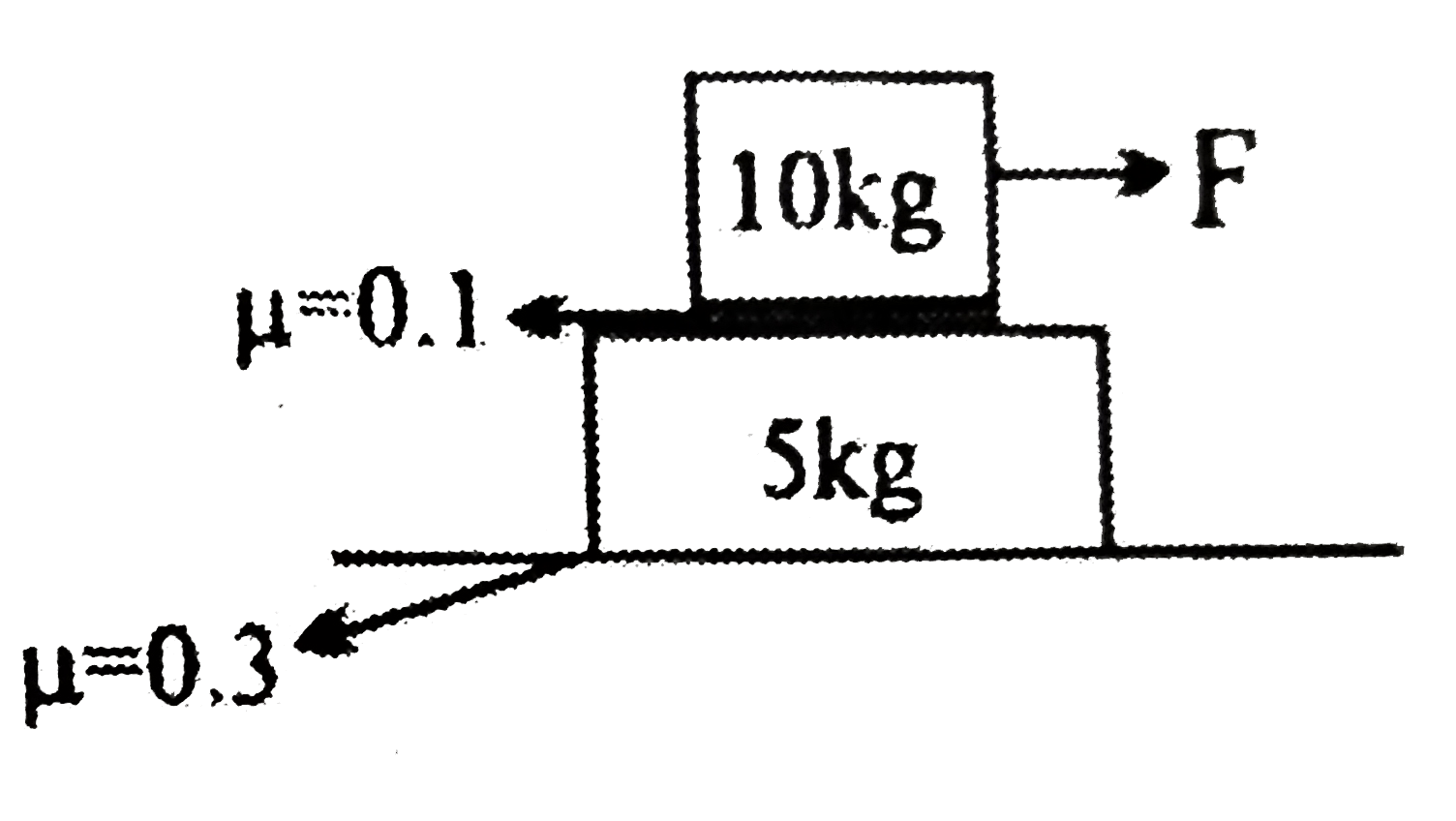The ratio of maximum acceleration to maximum velocity in a simple harmonic motion is 10s−1 At, t = 0 the displacement is 5 m. What is the maximum acceleration ? The initial phase is π4
500m/s2
750√2m/s2
750m/s2
500√2m/s2
The correct Answer is:D
To solve the problem step by step, we will use the concepts of simple harmonic motion (SHM).
Step 1: Understand the given information
We are given:
- The ratio of maximum acceleration (A_max) to maximum velocity (V_max) is 10s−1.
- At t=0, the displacement x=5m.
- The initial phase ϕ=π4.
Step 2: Write the equation of motion for SHM
The general equation for SHM with an initial phase is:
x(t)=Asin(ωt+ϕ)
Substituting the initial phase:
x(t)=Asin(ωt+π4)
Step 3: Find the amplitude A
At t=0:
x(0)=Asin(π4)=5
Since sin(π4)=1√2:
A⋅1√2=5
Thus:
A=5√2m
Step 4: Relate maximum acceleration and maximum velocity
The maximum acceleration in SHM is given by:
Amax=ω2A
The maximum velocity in SHM is given by:
Vmax=ωA
Step 5: Set up the ratio of maximum acceleration to maximum velocity
From the problem, we have:
AmaxVmax=10s−1
Substituting the expressions for maximum acceleration and maximum velocity:
ω2AωA=10
This simplifies to:
ω=10s−1
Step 6: Calculate the maximum acceleration
Now, substituting ω and A into the formula for maximum acceleration:
Amax=ω2A=(10)2(5√2)=100⋅5√2=500√2m/s2
Final Answer
The maximum acceleration is:
Amax=500√2m/s2
---
We are given:
- The ratio of maximum acceleration (A_max) to maximum velocity (V_max) is 10s−1.
- At t=0, the displacement x=5m.
- The initial phase ϕ=π4.
The general equation for SHM with an initial phase is:
x(t)=Asin(ωt+ϕ)
Substituting the initial phase:
x(t)=Asin(ωt+π4)
At t=0:
x(0)=Asin(π4)=5
Since sin(π4)=1√2:
A⋅1√2=5
Thus:
A=5√2m
The maximum acceleration in SHM is given by:
Amax=ω2A
The maximum velocity in SHM is given by:
Vmax=ωA
From the problem, we have:
AmaxVmax=10s−1
Substituting the expressions for maximum acceleration and maximum velocity:
ω2AωA=10
This simplifies to:
ω=10s−1
Now, substituting ω and A into the formula for maximum acceleration:
Amax=ω2A=(10)2(5√2)=100⋅5√2=500√2m/s2
The maximum acceleration is:
Amax=500√2m/s2
Topper's Solved these Questions
Similar Questions
Knowledge Check
The maximum velocity of a simple harmonic motion represented by y=3sin(100t+π6) is given by
A300B3π6C100Dπ6
The diplacement , velocity and acceleration in a simple harmonic motion are related as the
View SolutionThe maximum acceleration of a simple harmonic oscillator is a0 and maximum velocity is v0. What is the amplitude?
View SolutionThe phase difference between displacement and acceleration of particle in a simple harmonic motion is
View SolutionThe maximum velocity of a simple harmonic motion represented by y=sin(100t+π6) is given by
View SolutionIn the previous question, find maximum velocity and maximum acceleration.
View SolutionFor a particle in S.H.M. if the maximum acceleration is a and maximum velocity is v then amplitude is
View SolutionTwo simple harmonic motions of angular frequency 100rads−1 and 1000rads−1 have the same displacement amplitude. The ratio of their maximum accelerations is
View Solution

